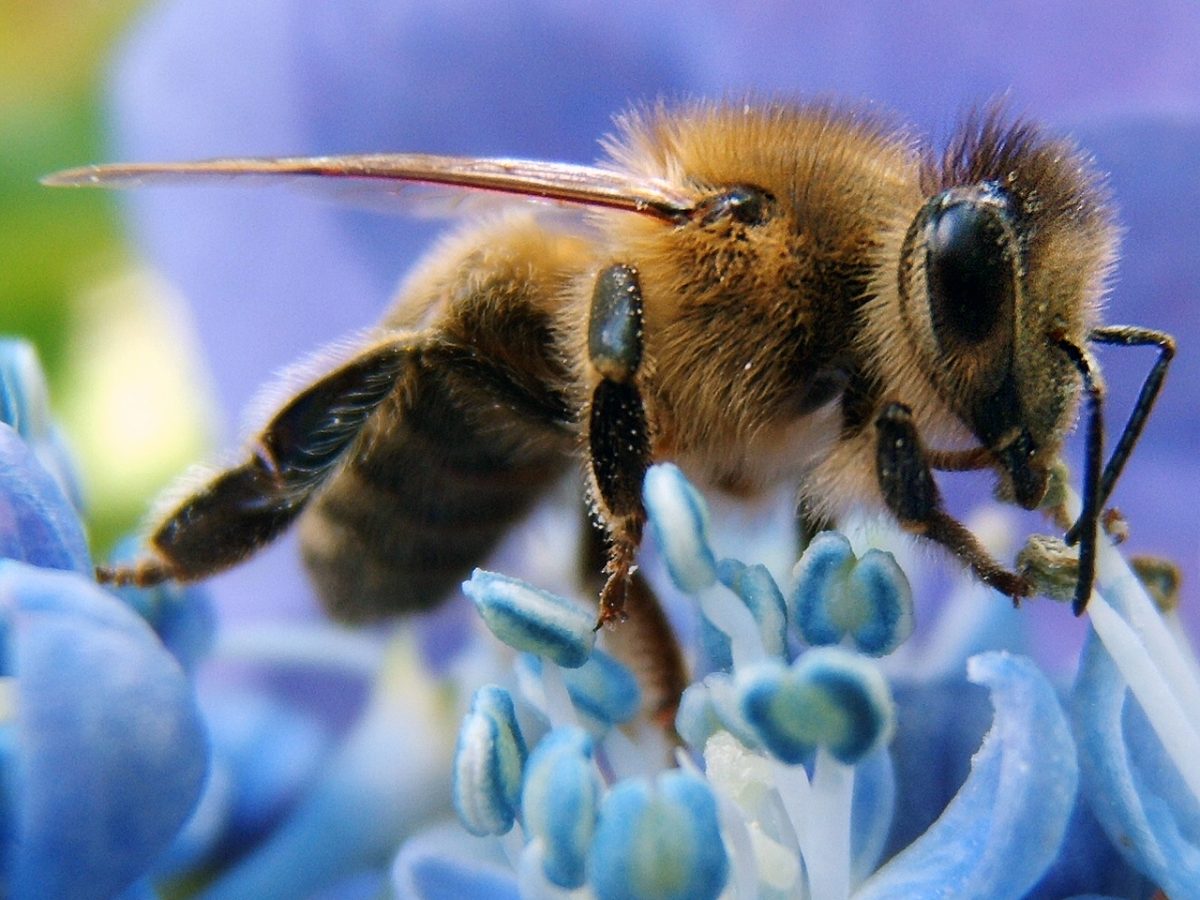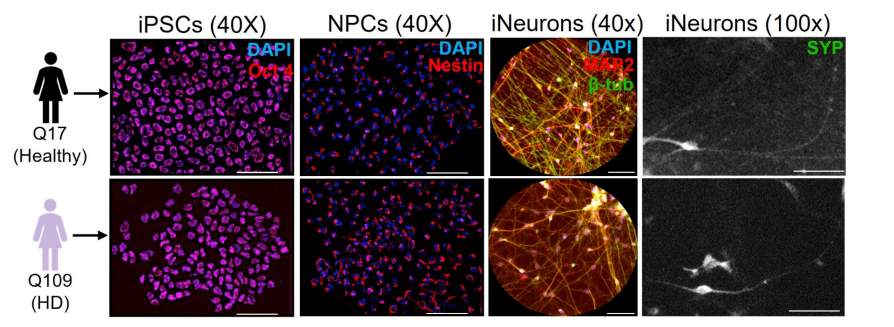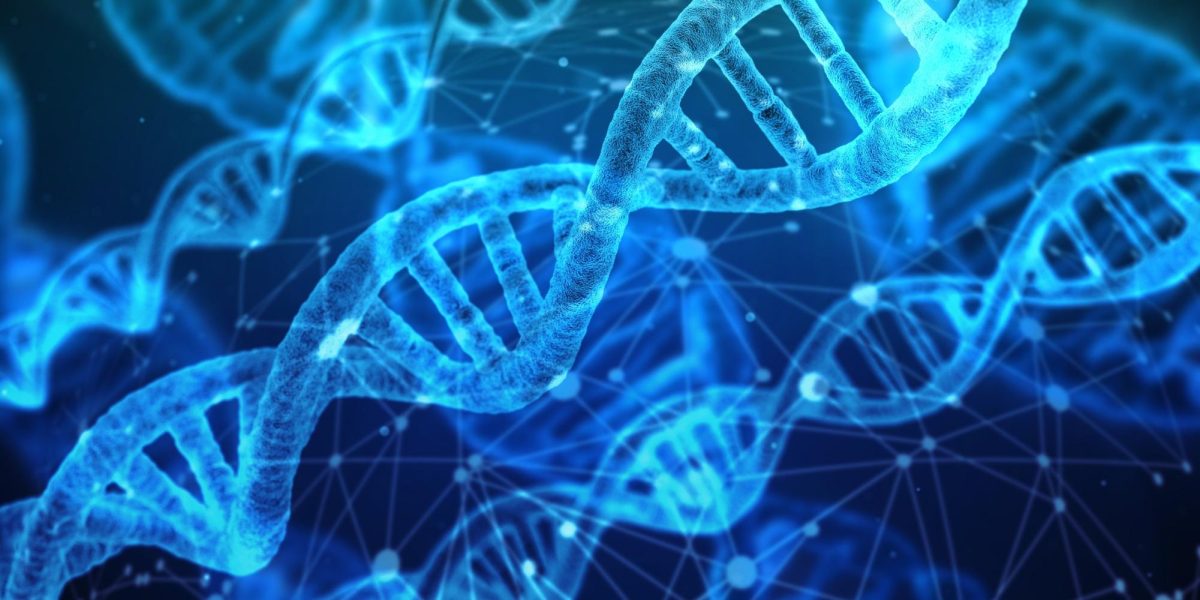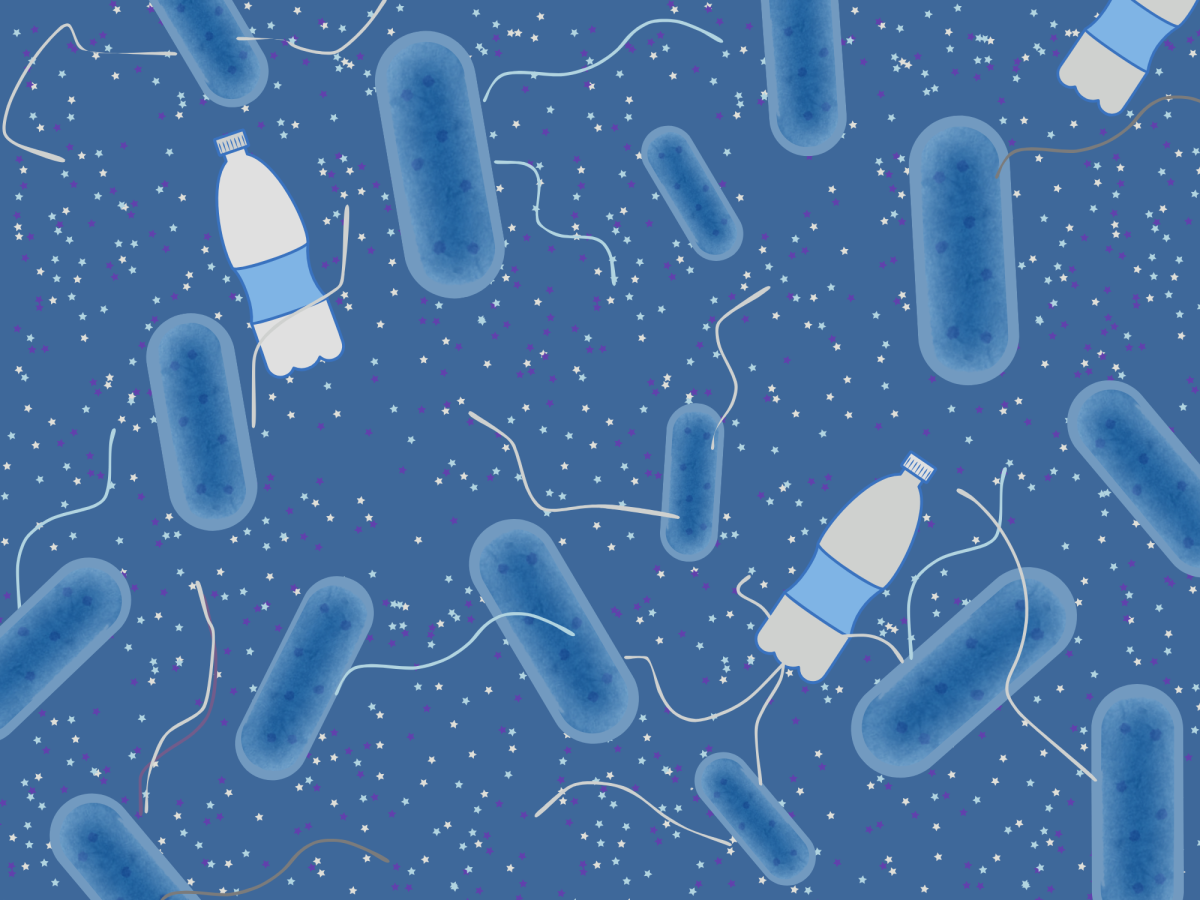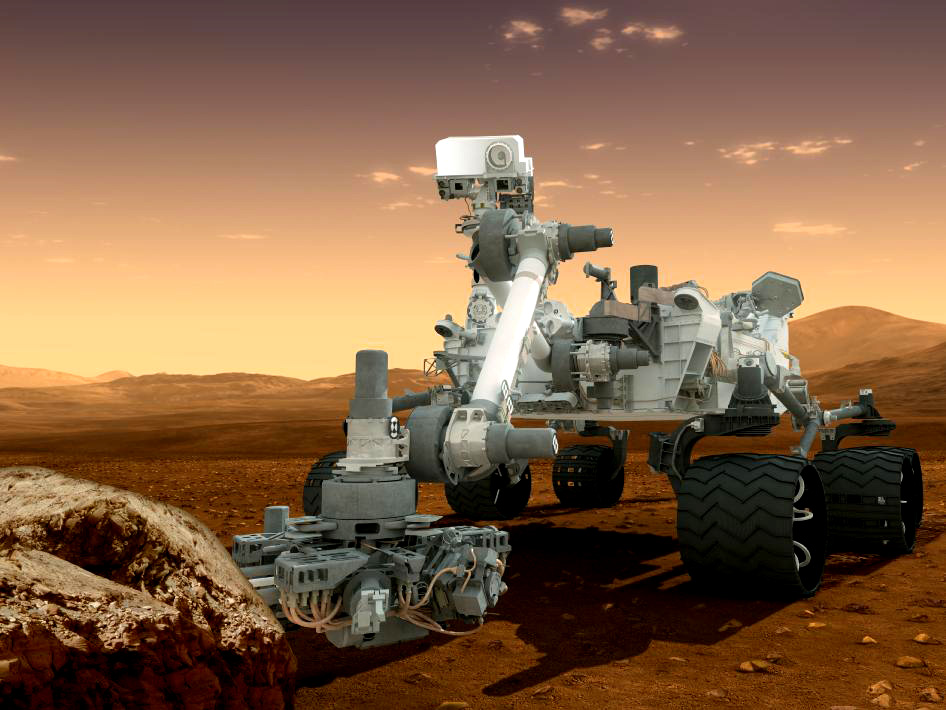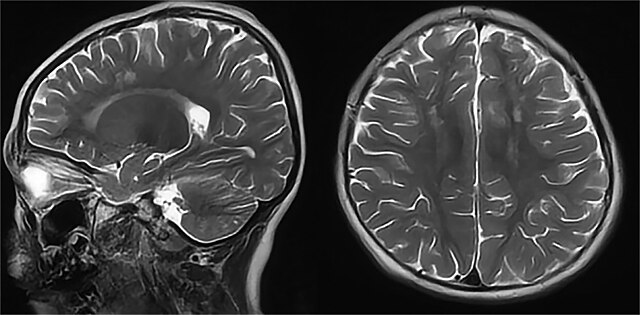A University of Sheffield study found that honeybees use flight movements to sharpen how their brains process visual patterns. A bee’s brain is the same size as a sesame seed, yet it can recognize flowers and identify different human faces. For decades, scientists believed that such a complex system required big, power-hungry brains. Recently, a study suggested that the bees’ movement could help reshape how society builds the next generation of artificial intelligence.
When bees fly, they don’t take in the whole picture at once. Instead, they carefully scan parts of flowers or patterns — one piece at a time. These movements help sharpen brain signals, turning messy information into clean and usable codes. By actively shaping what they see, bees simplify the problem for their brains.
Researchers at Sheffield built a computer model of a bee’s brain to test this. They programmed it to see images the way a bee does — in small pieces, while moving across them. This process created patterns in the brain’s visual system that made neurons respond strongly to edges, lines and contrasts. Even with very few neurons activating, the model could recognize objects accurately.
Most artificial intelligence systems depend on massive computing power, where they use huge networks that require expensive hardware and enormous amounts of energy. Bees show efficiency by focusing only on what matters, saving energy and space.
“Even the tiniest of brains can leverage movement to perceive and understand the world around them,” Professor James Marshall, senior author of the study, said in a press release.
The idea goes beyond bees. If robots and AI systems copy this strategy, they could be faster, lighter and more energy efficient.
“Our model of a bee’s brain demonstrates that its neural circuits are optimized to process visual information not in isolation, but through active interaction with its flight movements in the natural environment,” Dr. HaDi MaBouDi, lead author and researcher at Sheffield, said in a press release.
This research shows that intelligence is not only about brain size or raw computing power; it’s about how the brain, body and environment work together. Bees show how action and perception are deeply connected, and how moving is part of thinking.
By studying how bees solve complex problems with tiny brains, it may be possible to build AI that is more efficient, adaptable and closer to the natural intelligence shaped by evolution.


